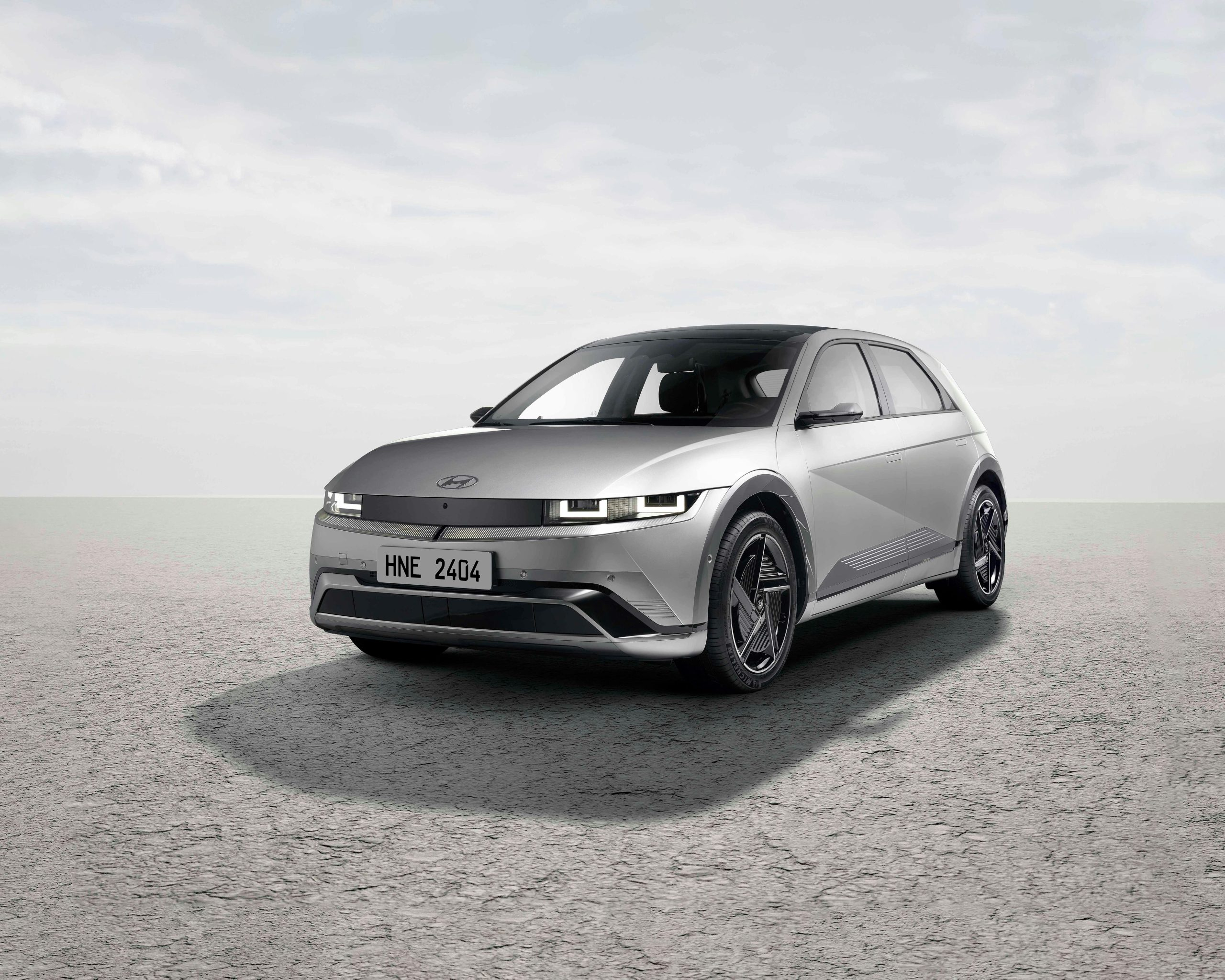Future of Two-Wheeled Electric Mobility
In recent years, there has been a noticeable shift towards sustainable transportation options. With the increasing concern for the environment and the need for efficient and economic modes of transportation, electric mobility has become a viable solution. While electric cars have been gaining popularity, two-wheeled electric mobility has also been making significant strides. In this article, we will explore the future of two-wheeled electric mobility and its potential impact in the world of transportation.
Understanding Two-Wheeled Electric Mobility
Two-wheeled electric mobility refers to any mode of transportation with two wheels that is powered by electricity. This includes bicycles, scooters, and motorcycles. These vehicles use a rechargeable battery to power an electric motor, providing a seamless and eco-friendly mode of transportation.
Current State of Two-Wheeled Electric Mobility
While electric cars have been at the forefront of the electric mobility revolution, two-wheeled electric mobility has been gaining traction as a more accessible and affordable option. In countries like China and India, two-wheeled electric vehicles have become a popular choice for commuting, with sales reaching over 2 million units annually. Even in developed countries, electric bicycles and scooters have seen a significant rise in sales.
The Advantages of Two-Wheeled Electric Mobility
One of the main advantages of two-wheeled electric mobility is its cost-effectiveness. Compared to electric cars, two-wheeled vehicles are much more affordable and accessible. They also have lower maintenance costs and do not require a lot of infrastructure, making them a viable option for developing countries.
Furthermore, two-wheeled electric mobility is environmentally friendly. With zero emissions, these vehicles contribute to reducing carbon footprint and air pollution. This makes them a sustainable and responsible mode of transportation for individuals and cities alike.
In terms of convenience, two-wheeled electric mobility offers a more efficient and time-saving option for commuters. With their smaller size and ability to maneuver through traffic, these vehicles can help alleviate the issue of congestion on roads and make commuting a smoother experience.
Challenges and Opportunities for the Future
Despite its potential, two-wheeled electric mobility still faces some challenges that need to be addressed before it becomes a mainstream form of transportation. One major issue is the lack of infrastructure and regulations. For electric scooters and bicycles to become a reliable mode of transportation, cities need to have designated lanes and charging stations. Governments also need to establish regulations for the use of these vehicles to ensure safety for both riders and pedestrians.
However, with the increasing interest in sustainable transportation and advancements in technology, the future looks bright for two-wheeled electric mobility. Companies like Tesla and Harley-Davidson have already ventured into the market, with electric bikes and motorcycles gaining popularity among consumers. The introduction of electric autonomous vehicles could also revolutionize the industry and make two-wheeled electric mobility even more efficient and convenient.
The Impact of Two-Wheeled Electric Mobility
The future of two-wheeled electric mobility is not just limited to personal transportation. It also has the potential to impact other industries, such as food delivery and logistics. Companies like UberEats and Deliveroo are already incorporating electric bicycles into their fleet, reducing carbon emissions while making deliveries.
In terms of impact on the environment, the widespread use of two-wheeled electric mobility could significantly reduce carbon emissions and contribute to a greener future. It can also provide a more sustainable and affordable mode of transportation for people in developing countries, improving their quality of life.
Conclusion
The future of two-wheeled electric mobility looks promising, with its numerous advantages and potential for growth. However, to fully realize its potential, stakeholders need to address the challenges and invest in infrastructure and regulations. With the continued advancement and adoption of technology, two-wheeled electric mobility is set to revolutionize the way we commute and contribute to a more sustainable future.






